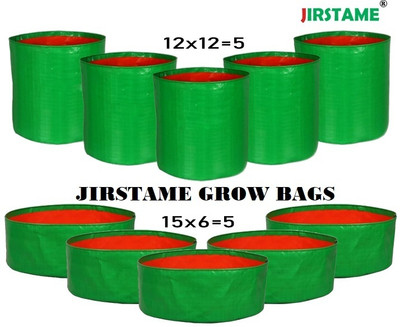
Share
GARDENIFY INDIA GARDENIFY INIDA F1 HYBRID DAISY: COLORFUL BLOOMS DAISY PLANT & SEEDS Seed (40 per packet)
2.3
3 Ratings & 1 Reviews₹220
₹399
44% off
Available offers
T&C
T&C
T&C
T&C
Delivery
Check
Enter pincode
Delivery by13 Nov, Thursday
?
View Details
Highlights
- Seed Type: Flower
- Suitable For: Indoor, Outdoor
- Organic Plant Seed
- Seed For: GARDENIFY INIDA F1 HYBRID DAISY: COLORFUL BLOOMS DAISY PLANT & SEEDS
- Flowering Plant
- Quantity: 40 per packet
Services
- Cash on Delivery available?
Seller
Description
Discover the beauty of F1 Hybrid Daisies, a stunning addition to any garden or landscape. These daisies are the result of careful hybridization, resulting in vibrant blooms with unique petal patterns and striking colors. With their robust growth habit and long-lasting flowers, F1 hybrid daisies are perfect for adding color and charm to flower beds, borders, and containers. Easy to grow and maintain, these daisies thrive in sunny locations with well-drained soil. Enjoy a profusion of blooms throughout the growing season with F1 hybrid daisies.Elevate your garden with the exquisite beauty of F1 Hybrid Daisies. These meticulously bred flowers boast a dazzling array of vibrant colors and unique petal patterns, making them a standout feature in any landscape. With their sturdy stems and long-lasting blooms, F1 Hybrid Daisies are perfect for adding a pop of color to flower beds, borders, and containers. Whether planted en masse for a stunning display or used as focal points in mixed flower arrangements, these daisies are sure to captivate with their charm and elegance. Easy to grow and maintain, they thrive in sunny locations with well-drained soil, rewarding gardeners with continuous blooms from spring to frost. Bring a touch of beauty and joy to your outdoor space with F1 Hybrid Daisies."
Read More
Specifications
In The Box
|
General
| Brand |
|
| Model Name |
|
| Quantity |
|
| Common Name |
|
| Flowering Plant |
|
| Suitable For |
|
| Type of Seed |
|
| Organic |
|
| Family |
|
| Scientific Name |
|
| Uses |
|
| Soil Nutrient Requirements |
|
| Sowing Method |
|
| Net Quantity |
|
Additional Features
| Care Instructions |
|
| Other Features |
|
Ratings & Reviews
2.3
★
3 Ratings &
1 Reviews
- 5★
- 4★
- 3★
- 2★
- 1★
- 1
- 0
- 0
- 0
- 2
5
Excellent
good growth
READ MOREFlipkart Customer
Certified Buyer, Thrissur
8 months ago
0
0
Report Abuse
Be the first to ask about this product
Safe and Secure Payments.Easy returns.100% Authentic products.
Back to top










